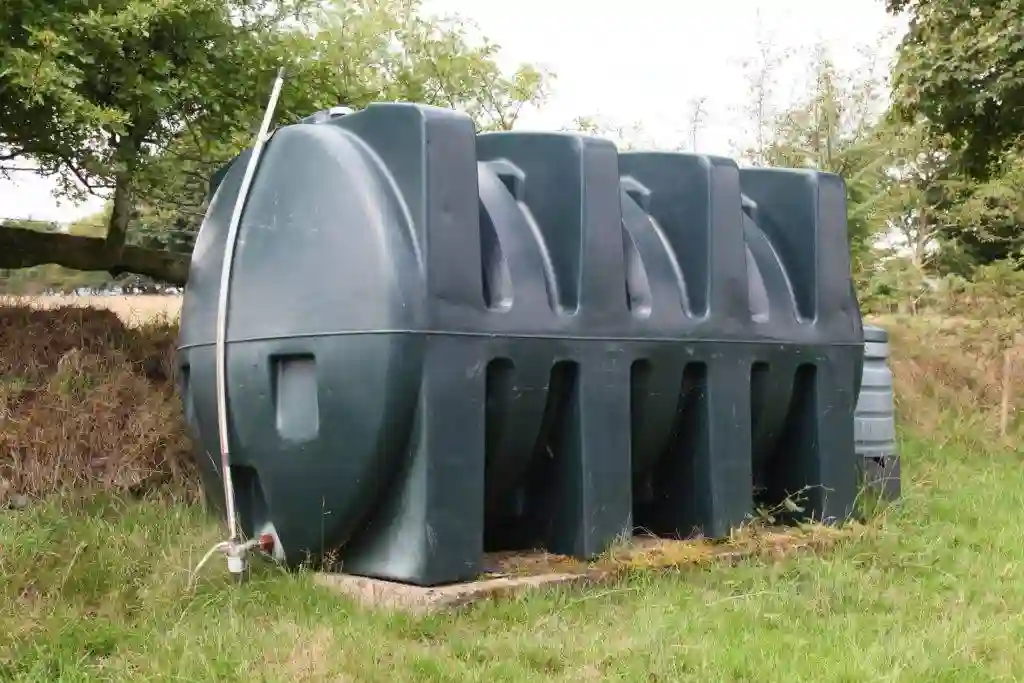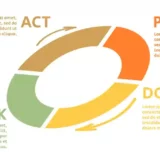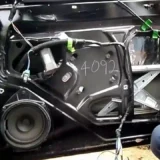Buried beneath the tranquility of many homes lie aging oil tanks, silent sentinels that have stored fuel for decades. As environmental awareness grows, homeowners are increasingly recognizing the importance of understanding the oil tank decommissioning process. “From Burial to Removal” delves into the intricacies of oil tank decommissioning, providing homeowners with insights into the significance, methods, and environmental considerations associated with transitioning these buried relics.
1. The Evolution of Oil Tank Decommissioning: A Necessity in Aging Structures
Oil tank decommissioning has evolved as a necessary process in dealing with aging structures. Over time, these buried tanks can corrode, develop leaks, and pose environmental hazards. Decommissioning is the responsible transition from a buried relic to an environmentally safe state, ensuring the protection of both property and the ecosystem.
2. Recognizing the Signs: When Decommissioning Becomes Essential
Recognizing the signs that oil tank decommissioning is essential is crucial for homeowners. Visible signs such as rust, odors, or stained soil around the tank can indicate potential issues. Professional assessments are valuable in determining the tank’s condition and whether decommissioning is necessary to prevent furtherenvironmental risks.
3. Environmental Impact Assessment: Gauging the Ecological Consequences
Before diving into decommissioning, a thorough environmental impact assessment is essential. Soil and groundwater testing reveal potential contamination, guiding the decommissioning process. Understanding the ecological consequences allows homeowners to adopt environmentally responsible strategies, minimizing the impact on the surrounding environment.
4. Legal Landscape: Navigating Regulatory Requirements
Navigating the legal landscape is a critical aspect of oil tank decommissioning. Homeowners must adhere to local regulations governing decommissioning procedures. Securing necessary permits and complying with legal requirements not only ensures a lawful process but also contributes to overall safety and environmental responsibility.
5. Decommissioning vs. Removal: Clarifying Distinctions
Understanding the distinctions between decommissioning and removal is vital. Decommissioning involves rendering the tank inert, sealing it in place, and filling it with an inert material. Removal, on the other hand, entails extracting the tank entirely from the ground. Homeowners must decide the most suitable approach based on the tank’s condition, location, and potential environmental impact.
6. Safe Decommissioning Methods: Minimizing Risks During the Transition
Safe decommissioning methods are essential for minimizing risks during the transition. Whether opting for in-place abandonment or removal, the process should be conducted with precision. Skilled professionals using specialized equipment contribute to a controlled decommissioning operation, ensuring the safe transition of the tank.
7. Contingency Planning: Addressing Unforeseen Challenges
Contingency planning is integral to the decommissioning process. Unforeseen challenges, such as hidden tanks or unexpected contamination, may arise. Strategic contingency planning allows for prompt responses to mitigate risks, ensuring that the decommissioning operation remains on track and aligns with environmental and safety standards.
8. Post-Decommissioning Verification: Confirming a Safe Transition
After decommissioning, homeowners should conduct post-decommissioning verification to confirm a safe transition. Environmental testing and soil analysis provide assurance that the decommissioning process has effectively managed risks. This step ensures that the property is free from contamination, allowing homeowners to move forward with confidence.
9. Documentation: Creating a Record of Responsible Practices
Creating detailed documentation throughout the decommissioning process is essential. Records of environmental impact assessments, legal compliance, decommissioning methods, and post-decommissioning verification serve as evidence of responsible practices. This documentation not only ensures transparency but also provides a record for future property transactions, demonstrating a commitment to safe and environmentally conscious practices.
10. Educating Homeowners: Fostering Responsible Property Management
A crucial aspect of oil tank decommissioning is educating homeowners about the process and its importance. By fostering an understanding of responsible property management, homeowners become partners in ensuring a safe transition from burial to decommissioning. Educational initiatives raise awareness about the benefits of decommissioning and encourage the adoption of responsible practices in home maintenance.
Conclusion:
From burial to removal, the journey of oil tank decommissioning is a significant step in responsible property management. By recognizing the signs, conducting environmental impact assessments, navigating the legal landscape, and adopting safe decommissioning methods, homeowners can ensure a smooth transition. Contingency planning, post-decommissioning verification, and detailed documentation further contribute to the success of the decommissioning process. Through education and a commitment to responsible practices, homeowners play a crucial role in fostering a safe and environmentally conscious approach to oil tank decommissioning.










